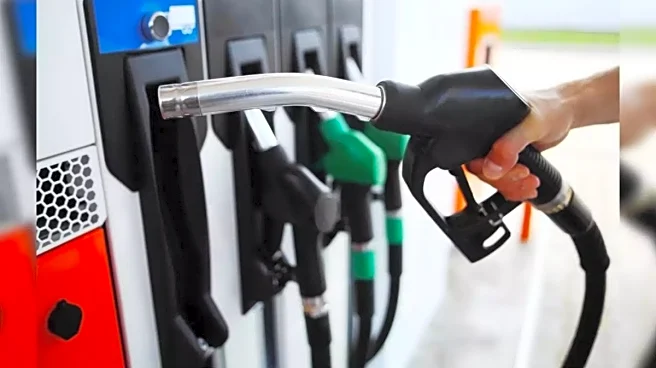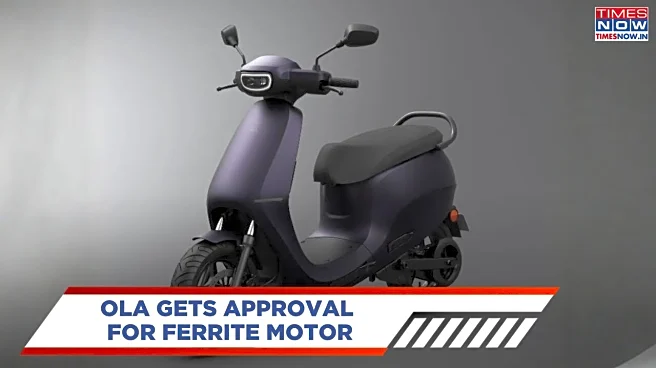Electric cars in India saw a retail sale of 15,329 units in September 2025 against 7,298 units over the same period last year. According to data from the Federation of Automobile Dealers Associations (FADA),
the demand has been significantly high across multiple EV models this month. This goes on to indicate the growing consumer confidence in electric mobility, improving charging infrastructure, and supportive fiscal incentives. However upbeat these numbers seem, they can only be sustained if there is continuous infrastructural development and competitive pricing within the EV space.
Also Read: Nissan Tekton Vs Renault Duster: Head-To-Head Design Comparison
September EV Sales: Segment-Wise Growth And Model Highlights
FADA’s analysis shows that electric vehicles (EVs) across all body types- hatchbacks, sedans, and SUVs contributed to the growth. As per a PTI report, Tata Motors sold a total of 6,216 units last month, which marks a substantial surge of 62% as compared to 3,833 units sold in the same month last year.
Some top-selling models included the Tata Nexon EV and MG ZS EV. The jump in penetration also indicates that more urban buyers are considering EVs for daily commuting, not just high-end use cases.
Urban Concentration And Charging Infrastructure
Most EV purchases continue to reside in metropolitan areas, where charging infrastructure is more established. Cities like Delhi and Bengaluru have local EV policies and subsidies at their disposal, which enhance sales figures. The current network expansion, including fast chargers along highways and in residential complexes, is helping reduce range anxiety.
Challenges And Risks Ahead
Despite the sharp percent gains, the absolute numbers still represent a small fraction of the total passenger vehicle market. Supply chain volatility, semiconductor shortages, and high upfront costs remain headwinds. Some models are also seeing waiting periods due to demand-supply mismatches.
Also Read: Mahindra Bolero Vs Bolero Neo: Which SUV Suits You Better?
Outlook And What to Watch
If September’s trend continues, EV sales may create a record for best annual figures. Key metrics to track include month-on-month growth, upcoming models for our market, and battery-cost declines. Another crucial factor is how many of these are owner-driven retails versus fleet deliveries. FADA’s data also underscores the importance of making EVs accessible in non-metro markets to push penetration further.
(With inputs from PTI)




/images/ppid_a911dc6a-image-17599946903646398.webp)




/images/ppid_59c68470-image-175973502833527487.webp)




